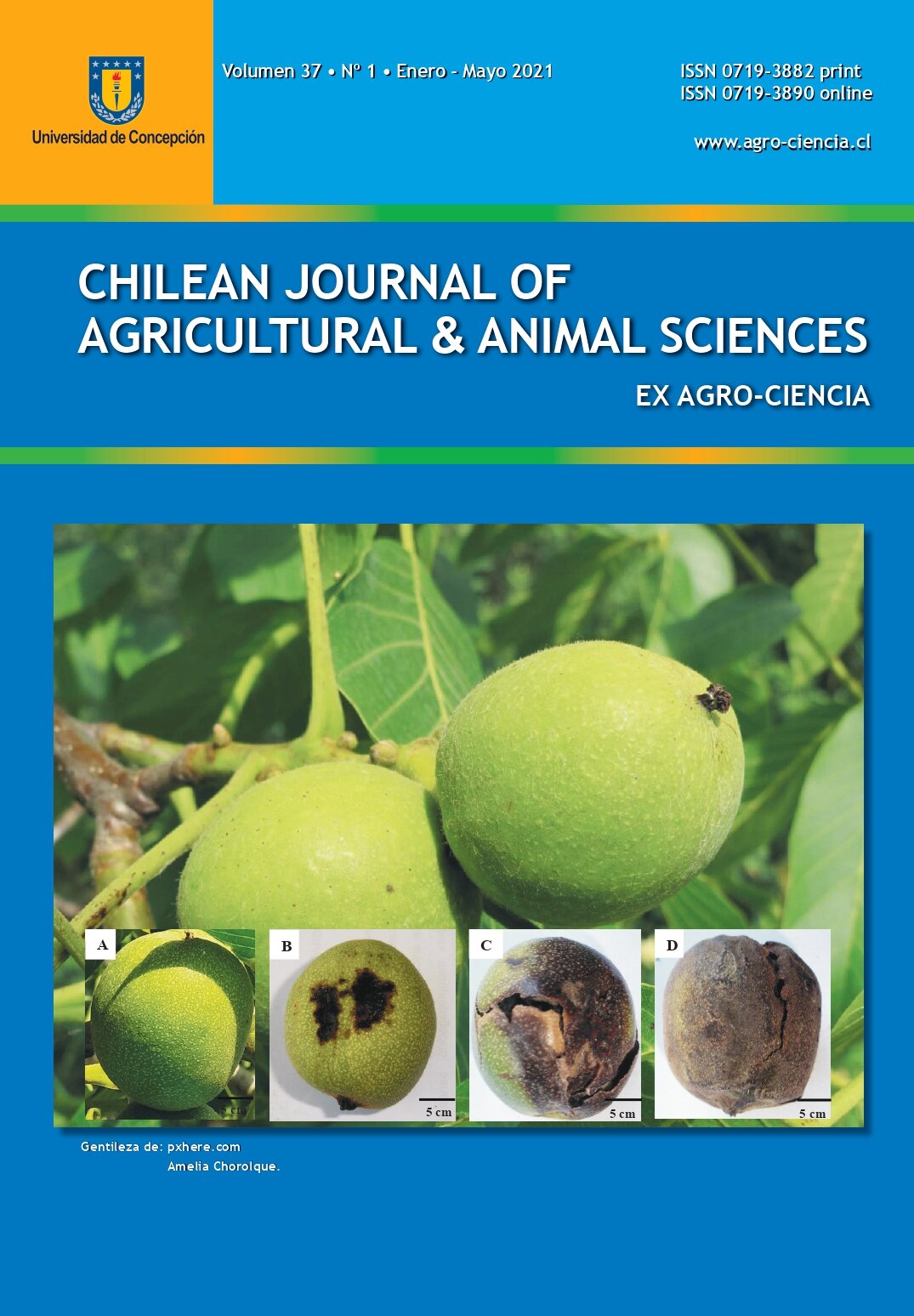PRODUCTIVITY AND QUALITY OF BERRIES OF Vitis vinifera IN DIVIDED CANOPY TRAINING SYSTEMS: a review
Juan Rodríguez-Gaeta1*, Teresita Ruiz-Anchondo2, Damaris Ojeda-Barrios2, y Rafael Parra-Quezada2
ABSTRACT
A training system is a set of practices that determines the canopy shape of vines. Training systems are a significant factor in the yield and production of grapes with winemaking attributes. The aim of this review is to determine the influence of some systems, such as Lira, Geneva Double Curtain (GDC) and trellis or Vertical Shoot Position (VSP) on yield and grape composition. The effects of training systems on the vine are varied. They determine the spatial arrangement of foliage and clus-ters, modifying the microclimate in the cluster area and making an important contribution to the regulation of water potential, photosynthetic potential, yield, quality of wine, root growth and grape composition. The development of the wine industry is a promising activity in Chihuahua State, Mexico. In 2010, vineyards were established in some areas in order to increase competitiveness in the fruit sector and to develop table wines. In this regard, it is important to consider the contributions of previous research. The results of the studies reviewed in this paper indicate that divided canopy training systems can increase the productivity of vineyards without affecting the quality of the ber-ries. The benefits resulting from the division of the canopy in vigorous vineyards are a reduced vigor and a general modification of the canopy architecture.
Key words: oenological properties, microclimate, water potential, yield, viticulture.
1 Estudiante de Posgrado, Facultad de Ciencias Agrotecnológicas, Universidad Autónoma Chihuahua, Cd. Universitaria, Chihuahua, Chih., México C. P. 31310.
2 Facultad de Ciencias Agrotecnológicas, Universidad Autónoma de Chihuahua. *Autor de correspondencia E-mail:


